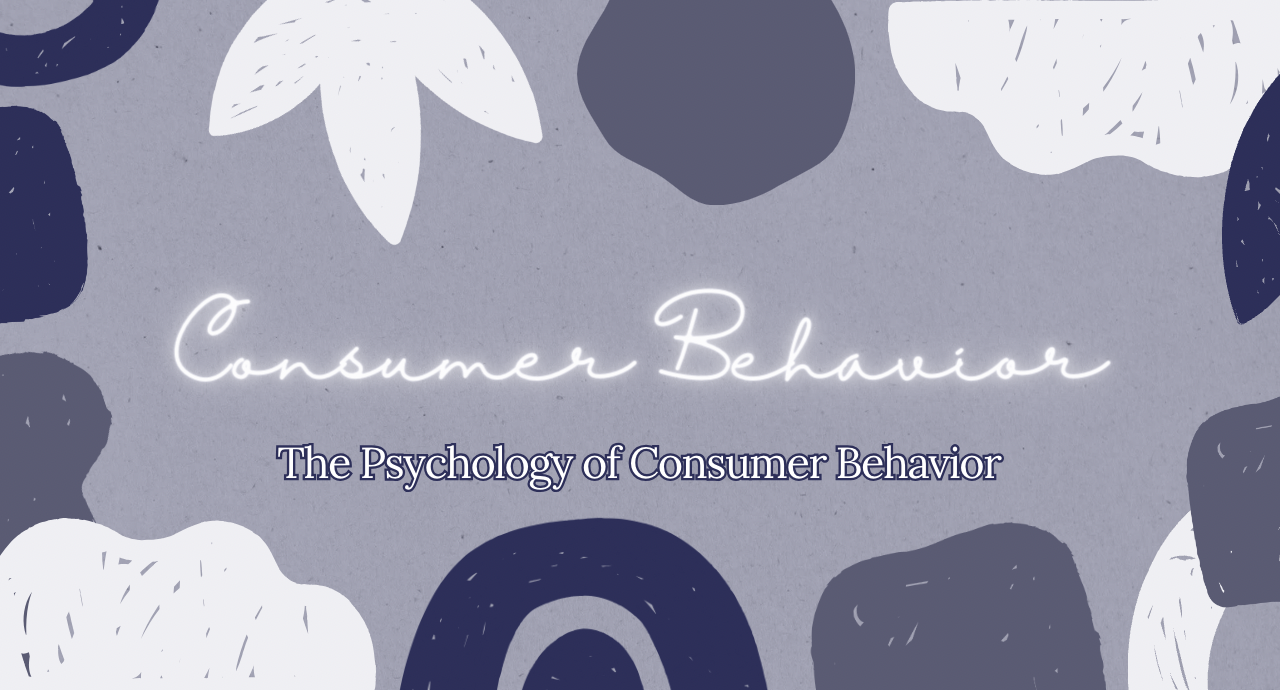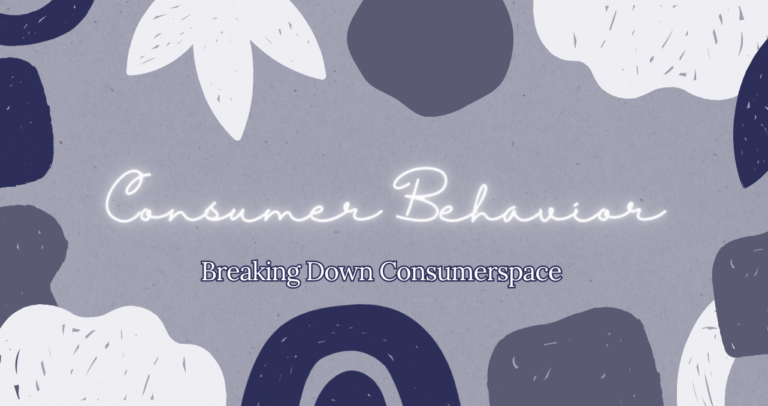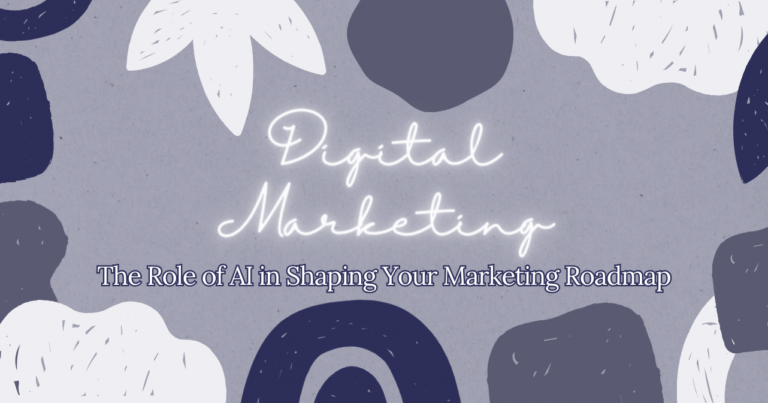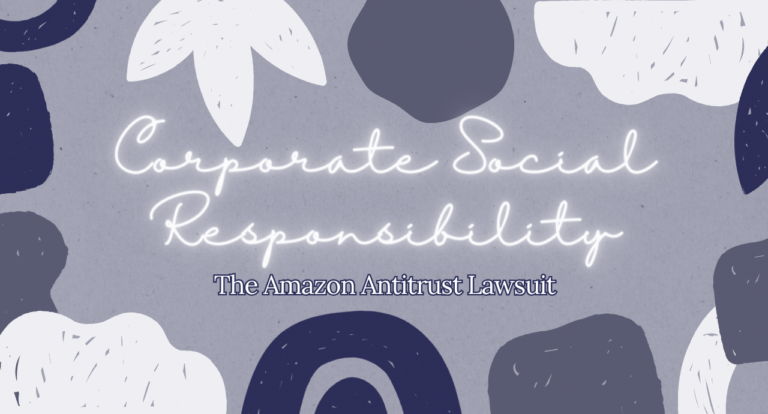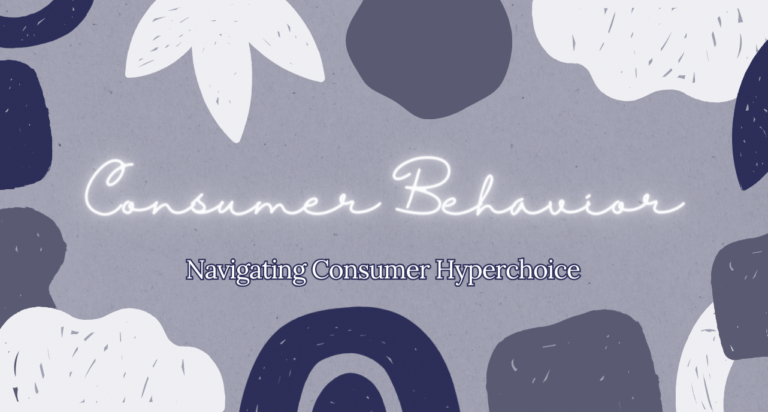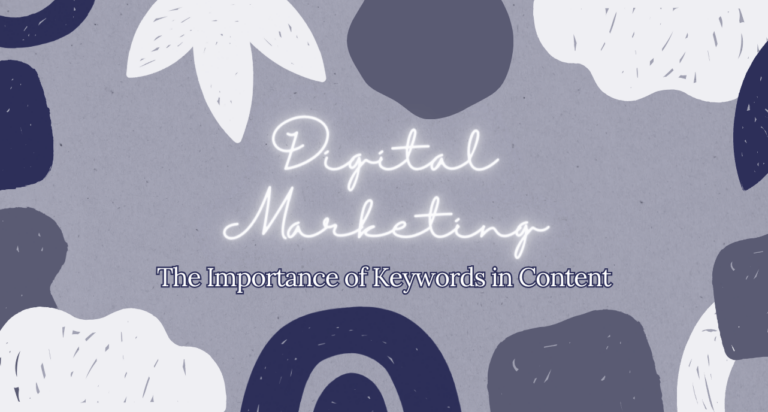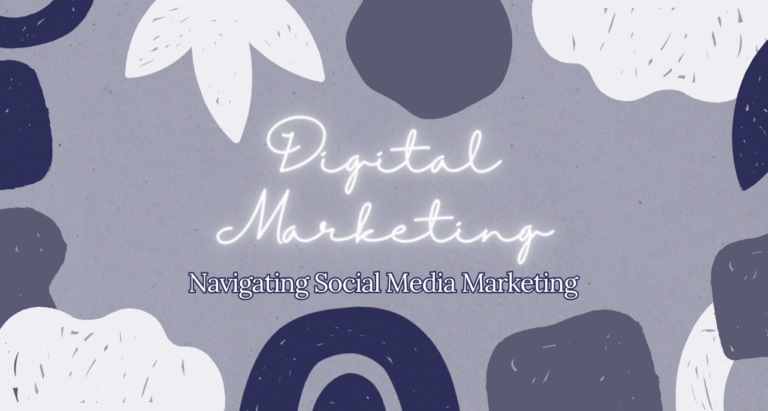The Psychology of Consumer Behavior
Consumer thinking
Like the name gives off, consumer behavior revolves around how the consumer thinks about products, presentations, value, companies, others, and themselves. But while all aspects should be held close to the marketing objectives of an organization, we see that a person’s self-concept impacts their purchasing behavior with conviction.
Self-Concept
Self-concept put forth by Marisa Toth is the “evaluation of publicly viewed goods… would be influenced by the desire to display a certain image” (p. 3). Put simply, we buy things to make ourselves feel or look better to those around us. Regardless of the product’s necessity, we tend choose products that fit a certain self-concept we want to ascribe to ourselves. So, keeping this in mind while brainstorming a marketing campaign is supplemental to a company’s success. This success would derive from creating a presentation for a product that matches a consumer’s self-concept and persuades them by providing how it will assist them in reaching their public figure goals.
Pyschographics
In addition to this, we need to think about psychographics in corroboration with demographics. Obviously, we need to have a good understanding of our desired consumer group like their age, gender, salary, etc. But what it boils down to majority of the time, is how people are thinking. What is going through a buyer’s head when they proceed with their daily lives? Understanding a consumer’s perspective on organizations, activities, people, and interactions will help us visualize their lifestyle and establish a connection. Fundamentally, lifestyle can and will dictate how a consumer chooses to allocate their leisure time and money (Solomon 2019). With this, people tend to group themselves together with others based on what they liked to do or basically how they like to use their time and money.
This raises the concept of lifestyle marketing, where we analyze consumer patterns to better comprehend how products become linked with distinct lifestyles. By harnessing these psychological factors and dissecting individuals’ perceptions of their surroundings, a company can curate a campaign that converts potential buyers into devoted customers.
Brand Personality = Brand Loyalty
Speaking of brand loyalty is imperative to continued success. Gaining first-time buyers is an achievement, but long-term success relies on brand loyalty, which is often built on brand personality. Firms often create relatable brand personalities that encourage consumer connections and influence purchases, often achieved through storytelling, like how many big corporations emphasize their small beginnings. Another is having a brand icon, some figure that represents the brand and is easily recognizable or anthropomorphic (assigning human characteristics to an object or animal, i.e., Tony the Tiger).
While there are many ways to develop a brand’s personality, this persona directly relates to brand loyalty and could potentially lead to brand resonance. Brand resonance is a cement bond between consumer and brand that is quite difficult to destroy (Solomon 2019). But another advantage a company receives from brand resonance is being different. We see that, by having a sense of brand resonance with consumers, Mrignayni Pandey says it allows for said organization to help, “differentiate itself from competitors and build a sustainable competitive advantage” (Pandey).
Demonstrating that a brand personality fosters long-term connections with clients, while exemplifying the brand’s value proposition to them.
To illustrate, there is a significant focus on examining people’s thought processes and how their behavior is rooted psychologically. To grasp their inclination to buy from a brand, we must gather data on how people perceive their surroundings and the associations they make with brands. By doing so, a firm can present ideas to prospective buyers, that facilitates more than a one-time purchase.
References
Toth, M. (2014). The Role of Self-Concept in Consumer Behavior. Retrieved from
Solomon, M. R. (2019). Consumer Behavior: Buying, Having and Being. Pearson Education.
Art Workflow HQ. (2023, March 22). Brand Resonance: Why It Matters.

